United Arab Emirates travel tips
United Arab Emirates travel tips: A Middle Eastern nation known for luxury, innovation, diverse landscapes, vibrant culture, and economic prosperity.
Emirates 🌎
United Arab Emirates travel tips. Here is a list of all the emirates of the United Arab Emirates.
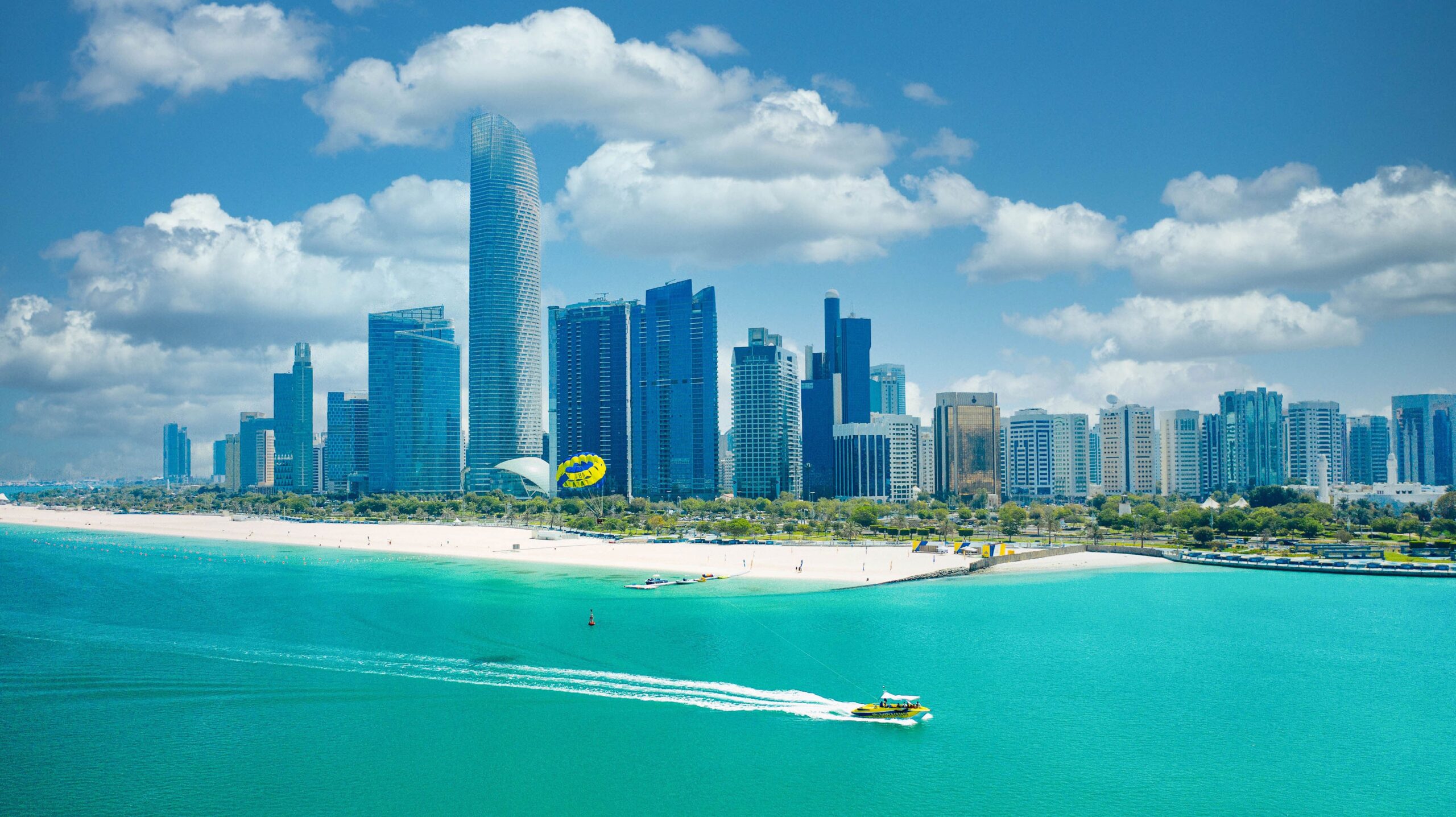
Abu Dhabi
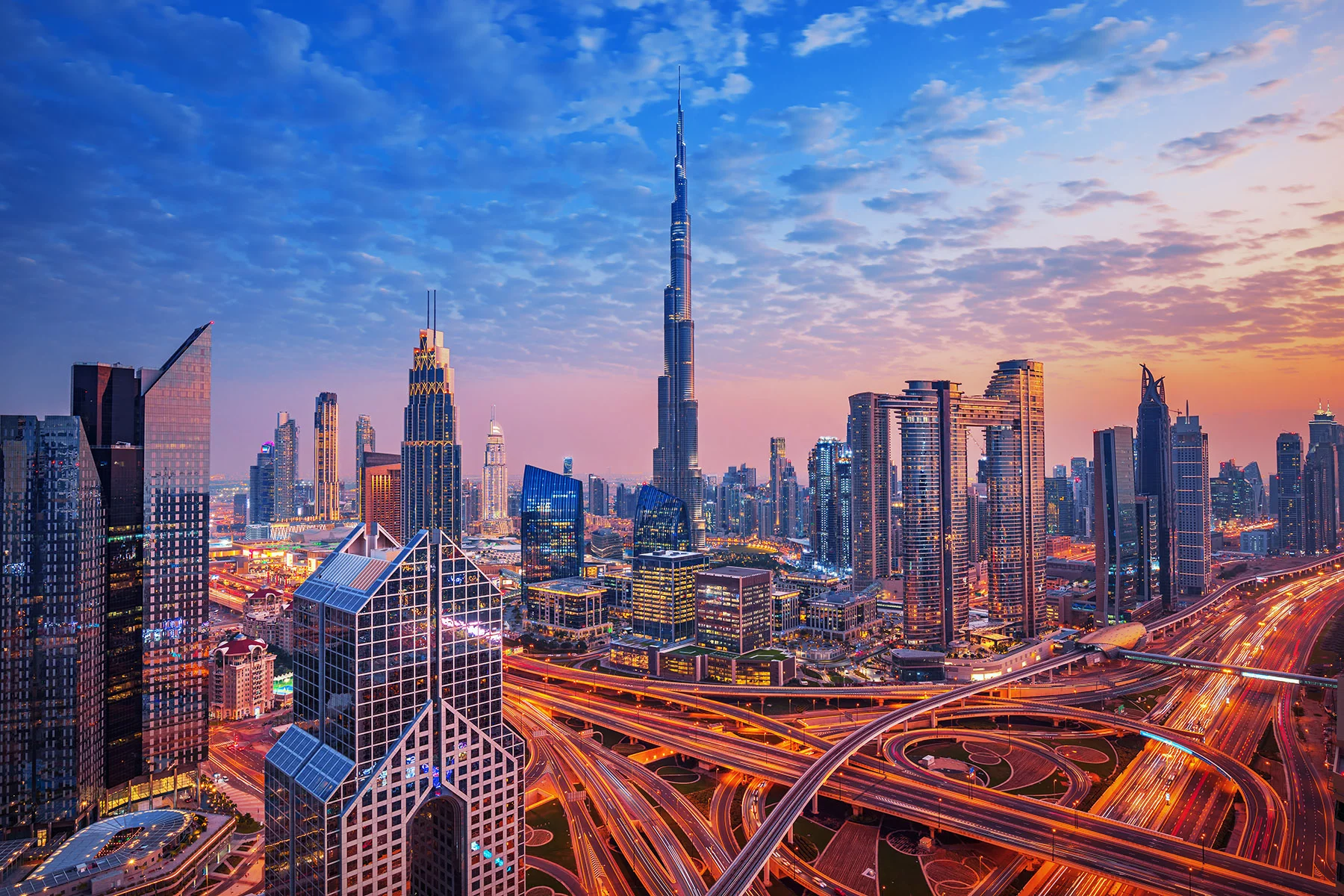
Dubai
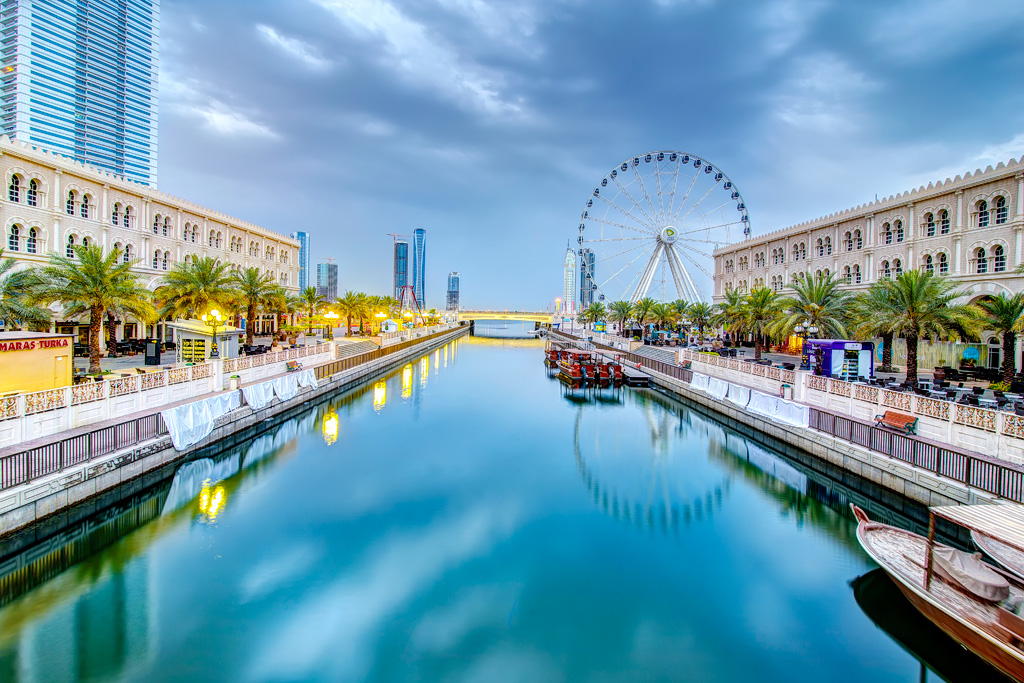
Sharjah

Ajman
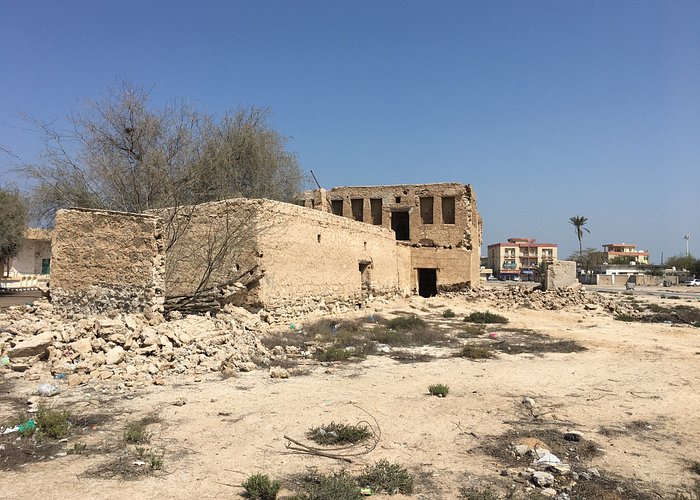
Umm Al Quwain

Ras Al Khaimah

Fujairah
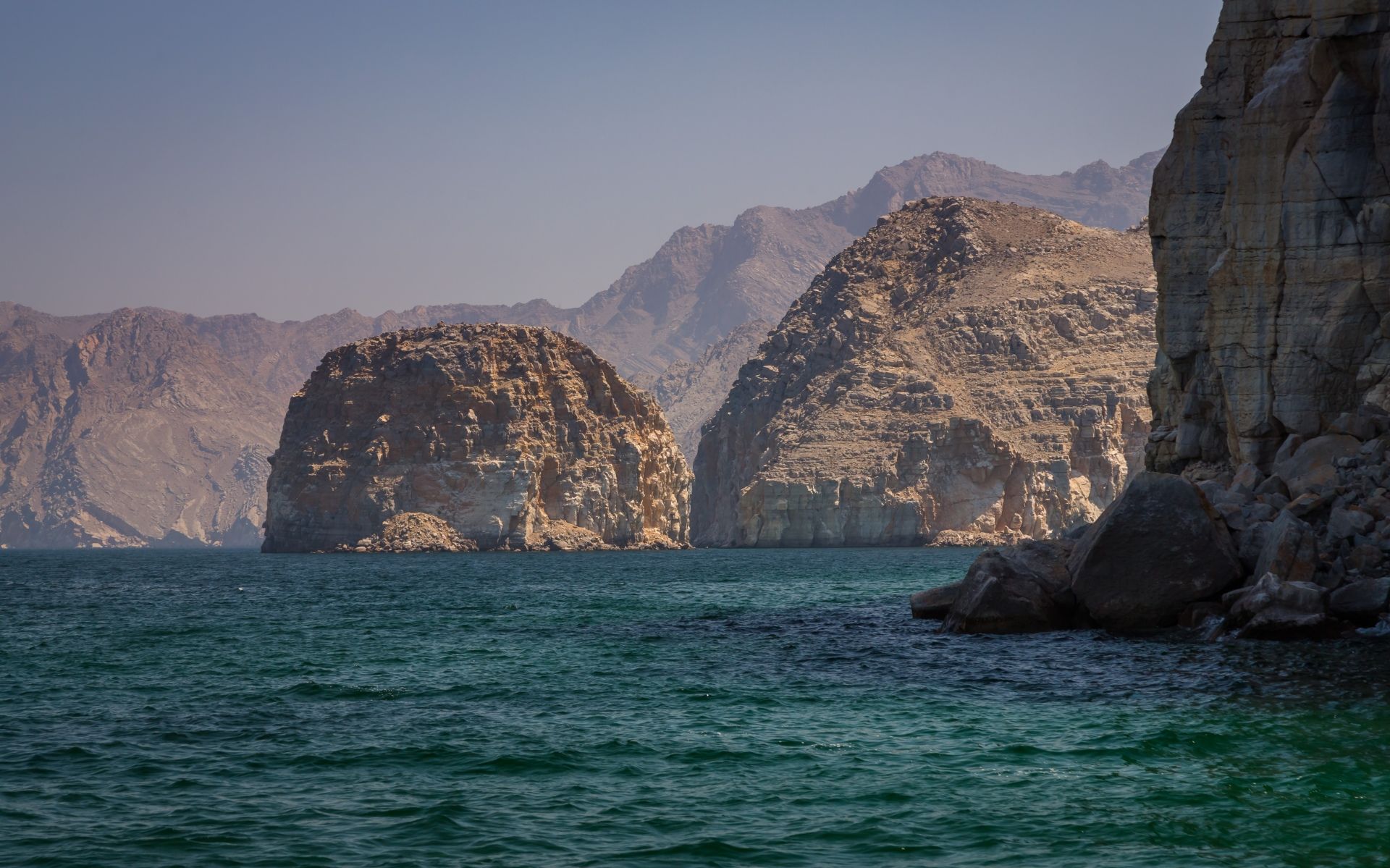
Musandam
Before you go 🛩
Important information you should know before your trip
Info
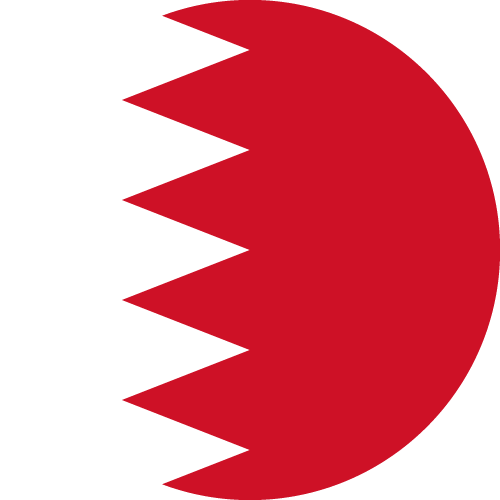
Capital | Abu Dhabi
Flag Codes:
ISO alpha-2 AE,
ISO alpha-3 ARE
Currency
Badge | dirham
CODE | AED
NUMBER | 784
SYMBOL | د.إ
FRACTION | fils
Mobile Coverage
Dialing Code | +971
SIM Card
Coverage | 3G / 4G / 5G |
Mobile Networks | du Mobile | Etisalat Mobile |

Location
The United Arab Emirates (UAE) is a country located in the Middle East, on the eastern side of the Arabian Peninsula. It is situated on the southeastern coast of the Persian Gulf. Here are the geographical coordinates of the UAE:
Latitude: 23.4241° N Longitude: 53.8478° E
The UAE is bordered by Saudi Arabia to the west and south, Oman to the southeast, and the Persian Gulf to the north and northeast. The country is known for its modern cities, vast deserts, and impressive architectural landmarks, including Dubai’s iconic Burj Khalifa. The capital city of the UAE is Abu Dhabi.
Currency
The official currency of the United Arab Emirates is the United Arab Emirates dirham (AED).
One dirham is divided into 100 fils. The Central Bank of the United Arab Emirates is in charge of issuing and regulating the currency.
The UAE dirham is a strong and widely accepted currency in the country, and is used as a means of payment in all commercial and financial transactions.
Languages
The official and most spoken language in the United Arab Emirates is Modern Standard Arabic, also known as Standard Arabic. It is the official language of the United Arab Emirates and is spoken by the majority of the country’s population.
However, other languages are also spoken in the United Arab Emirates due to the large number of expats living and working there. English is widely spoken as a second language and is the language of business and higher education. Additionally, Hindi, Urdu, Bengali, Tamil, Tagalog and other Asian languages are also spoken by a significant portion of the country’s population.
A local dialect of Arabic known as Emirati Arabic is also spoken in the coastal regions of the United Arab Emirates, such as Dubai and Abu Dhabi. This dialect has some differences in pronunciation and vocabulary compared to Standard Arabic, but is generally mutually understandable.
Climate 🌡
The United Arab Emirates (UAE) has a desert climate characterized by hot, arid conditions and very little rainfall. The climate is influenced by its geographical location on the Arabian Peninsula and its proximity to the Persian Gulf. Here are the key features of the climate in the UAE:
Hot Summers: Summers in the UAE are extremely hot and humid. Temperatures often exceed 40°C (104°F) during the day, with high humidity levels making it feel even hotter. Heatwaves are common during this season.
Mild Winters: Winters are relatively mild and more pleasant compared to the scorching summers. Daytime temperatures average around 20-25°C (68-77°F), while nights can be cooler, dropping to around 10-15°C (50-59°F).
Low Rainfall: The UAE experiences very little rainfall, with most of it occurring during the winter months. Rainfall is sporadic and often in the form of short, heavy showers or occasional thunderstorms.
Dry Climate: The UAE is known for its arid conditions, with low humidity levels throughout most of the year.
Sandstorms: Sandstorms can occur, especially during the hotter months. These are caused by strong winds blowing across the desert landscape.
Coastal Influence: The coastal areas of the UAE, including cities like Dubai and Abu Dhabi, tend to be slightly more moderate due to the cooling effect of the Persian Gulf.
Sea Temperatures: The waters of the Persian Gulf can be warm, especially in summer, with temperatures ranging from around 27-35°C (81-95°F).
United Arab Emirates travel tips
If you’re planning a trip to United Arab Emirates, here are some travel tips to enhance your experience:
Shopping:
Explore traditional souks for authentic items and modern malls for luxury shopping. Bargaining is common in souks.
Iconic Landmarks:
Visit iconic landmarks like the Burj Khalifa, Sheikh Zayed Grand Mosque, and Palm Jumeirah.
Beach Etiquette:
Follow dress codes at public beaches, and be aware of specific rules at private beach resorts.
Alcohol Regulations:
Understand the rules regarding alcohol consumption. It’s generally allowed in licensed venues, but public intoxication is not tolerated.
Transportation:
Use efficient public transport or taxis to navigate cities. Renting a car is an option for exploring remote areas. View Guide.
Cultural Sensitivity:
Respect local customs and traditions. Dress modestly, especially in public places, to adhere to the conservative culture.
Visa Requirements:
Ensure you have the appropriate visa before traveling to the UAE. Check visa regulations based on your nationality.
Enjoy your time in United Arab Emirates!

The best of the best
The cuisine of the United Arab Emirates (UAE) is influenced by its rich cultural history and its position as a crossroads for trade and commerce in the Middle East. Traditional Emirati cuisine is a blend of flavors from the Arabian Peninsula, Persia, India, and other surrounding regions.
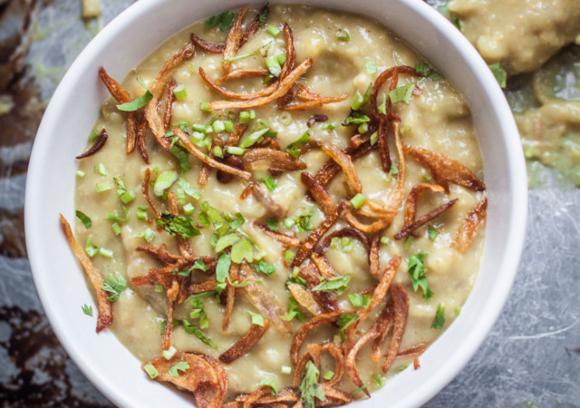
Harees
A popular dish made from wheat and meat (usually chicken or lamb), cooked until it forms a smooth porridge-like consistency.
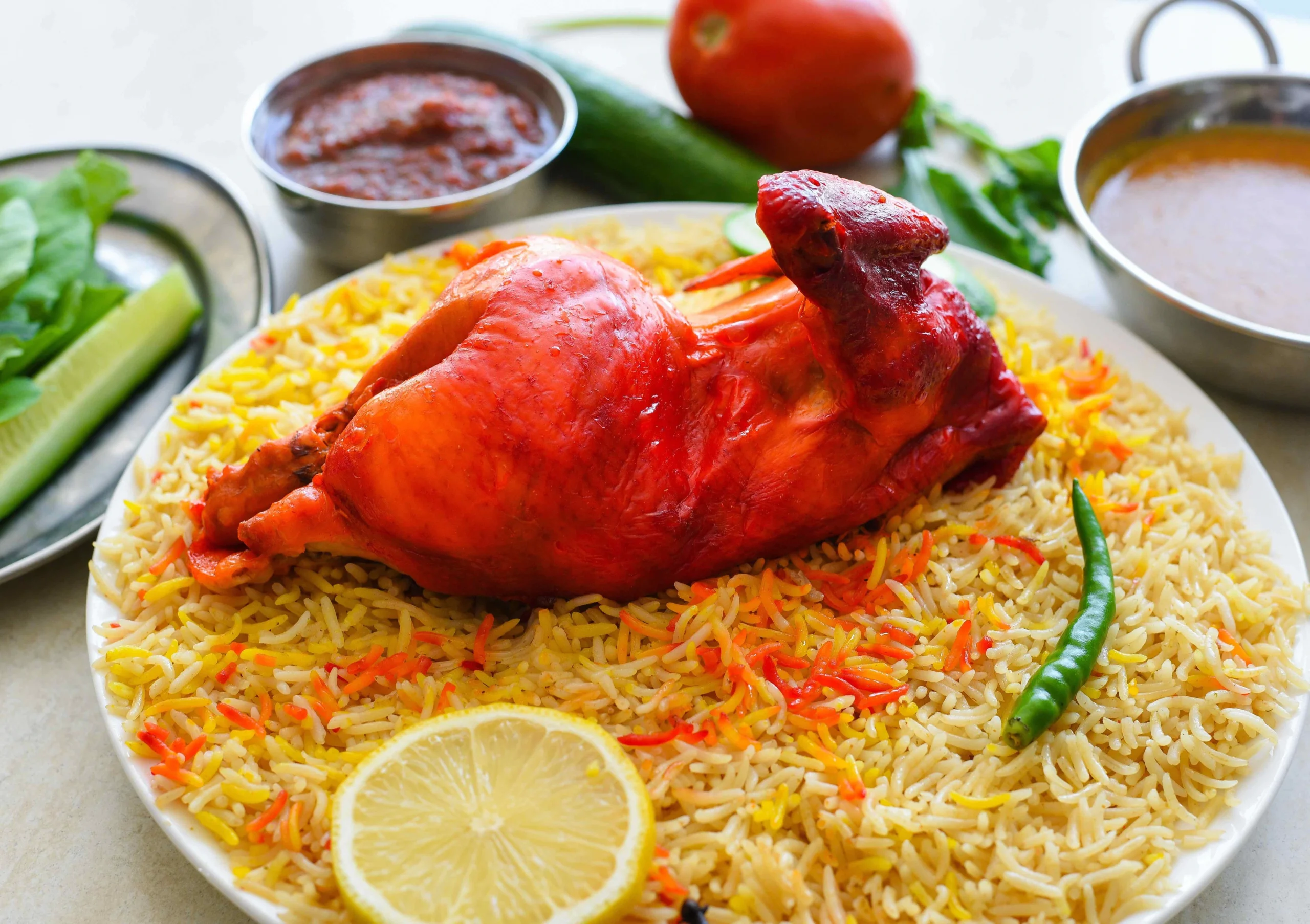
Mandi
A fragrant and flavorful dish consisting of rice, meat (usually chicken or lamb), and a blend of aromatic spices.
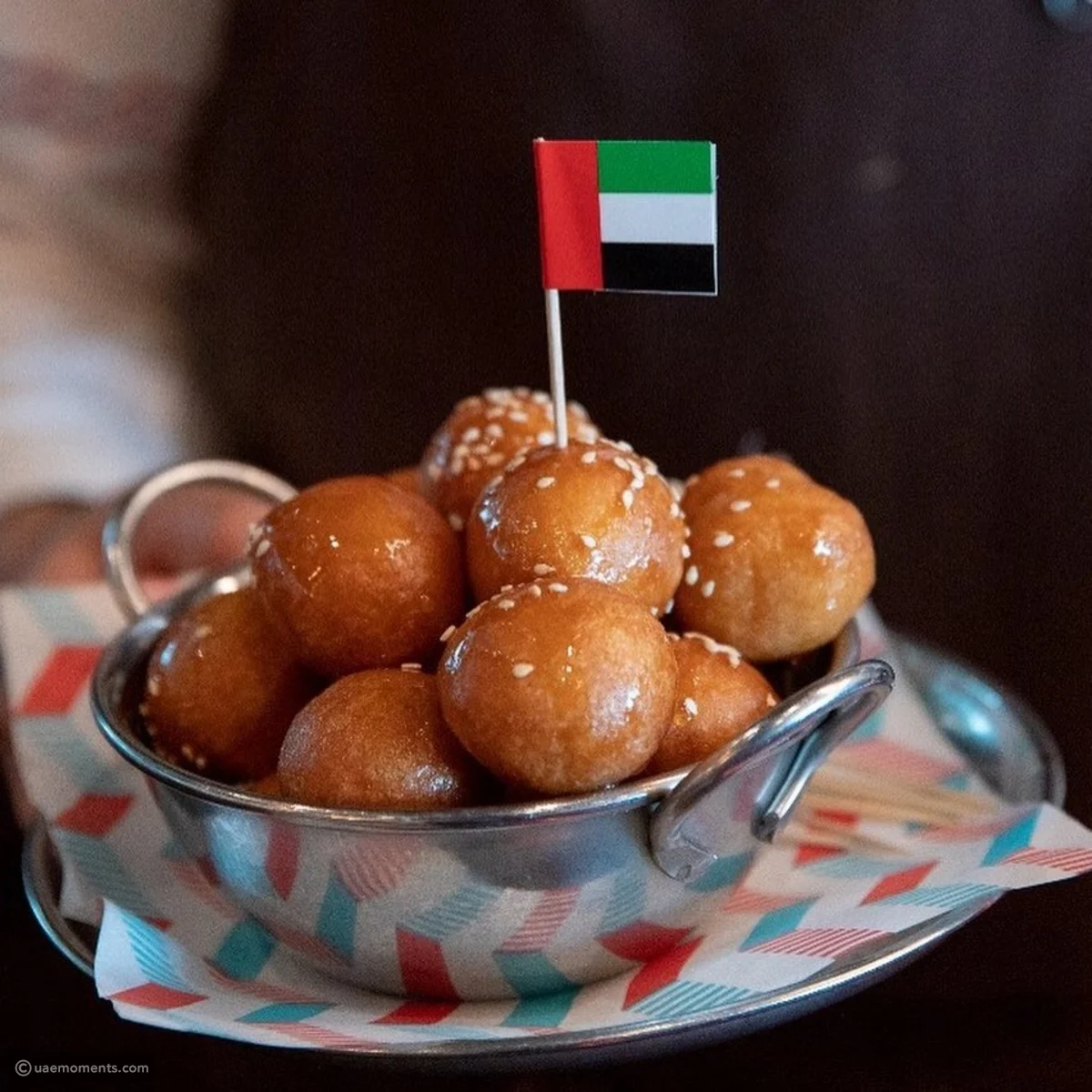
Luqaimat
Sweet, deep-fried dumplings served with a drizzle of date syrup. They are a popular dessert during Ramadan and other festive occasions.
Here are some typical foods you might find in the UAE:
Al Harees: Similar to Harees, this dish is made with wheat and meat, but it’s cooked longer to create a thicker texture.
Al Majboos: Also known as Kabsa, this is a spiced rice dish cooked with meat (chicken, lamb, or goat), vegetables, and a blend of aromatic spices.
Shawarma: A popular street food, Shawarma consists of thinly sliced marinated meat (usually chicken, beef, or lamb) wrapped in a flatbread and served with vegetables, tahini, and sometimes pickles.
Grilled Meats: Grilled meats are a staple in UAE cuisine. Varieties of kebabs, grilled chicken, and lamb are commonly enjoyed with rice or flatbreads.
Dates: Dates are a significant part of Emirati culture and are often served as a sweet treat or as a gesture of hospitality.
Balaleet: A sweet and savory dish made from vermicelli noodles cooked with saffron and cardamom, topped with an omelette and served with date syrup.
Esh asaraya: A dessert made from layers of bread soaked in saffron-infused milk and topped with clotted cream and sugar syrup.
Arabic Coffee (Gahwa): A traditional coffee made with lightly roasted coffee beans, cardamom, and saffron. It’s often served in small cups as a symbol of hospitality.
Ghuzi: A whole roasted lamb or goat, often stuffed with rice, nuts, and aromatic spices. It’s a traditional dish served during festive occasions.
Khubz: Traditional flatbread that accompanies many meals. It’s usually torn into pieces and used to scoop up other dishes.
Seafood: Given the UAE’s coastal location, seafood plays a significant role in the cuisine. Grilled fish, prawns, and other seafood are popular choices.
Transportation 🚥
More information about this country
Choose your destination 📍🗺
Useful Links ✅



